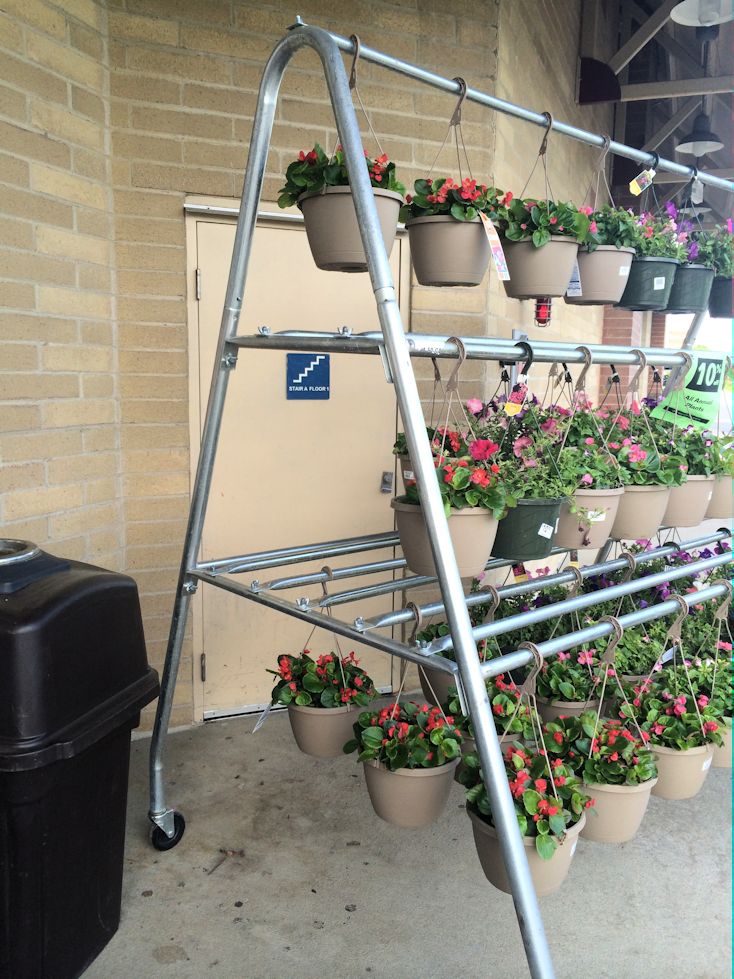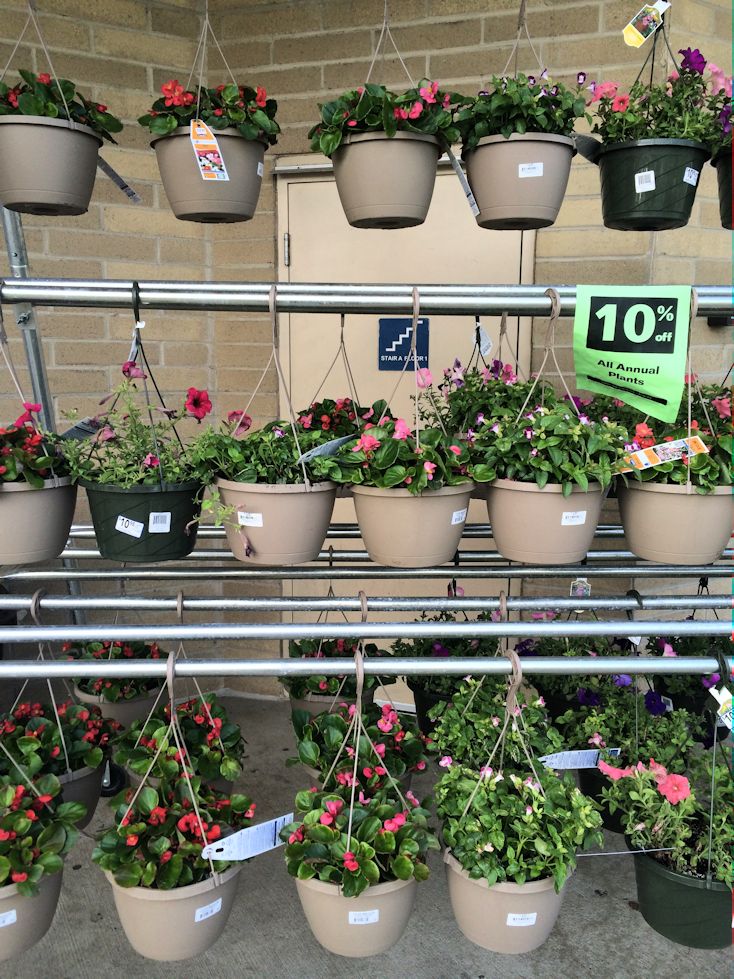I don’t know why it still surprises me when I see blocked exits, but the good news is we’ll probably never run out of photos for Wordless Wednesday. Don’t forget to send me photos of what you see during your summer vacation!
You need to login or register to bookmark/favorite this content.







Lori, I found the title to this post a little ironic as I am dealing with a Stairwell discharge code issue. I have a 5 story student dorm that has card access in the stairwell at every floor. The university this dorm is built for is telling me they want fail secure trim at the stairwells. (It has always been my understanding that they should be fail safe to allow reentry.) They are telling me they have done this before and they have a knox box at the bottom of the stair for the fire department. Is this allowable? do you know of any building code sections I can send tot hem to change their minds?
What if the fire/smoke gets into the stairwell and someone gets trapped in with the fire alarm dropping power fail securing the locks. I doubt the students have overide keys. I’m also interested in the response for this.
NFPA 101 requires them to unlock automatically upon fire alarm – this would require fail safe locks. The IBC says the locks have to be capable of being remotely unlocked via a switch at the fire command center. Physically, you could do this with fail secure locks, but I’ve never seen it done this way. I’m going to add this to my wish list of code change proposals. The key in the knox box does not meet either set of requirements.
– Lori
Which state is this in??
What building code and edition is currently adopted??
Hi Matt –
In practice, the interior doors have fail-safe locks/trim which can be unlocked remotely. The IBC is not specific on the fail-safe function, which probably should be fixed (I’ll put it on the list!). The NFPA 101 requirement gets us closer to fail safe as a requirement because it requires the locks to unlock automatically upon fire alarm. The fire alarm would typically cut power to the locks, and the locks would have to be fail safe so they unlock when power is cut. Because the IBC requires the locks to unlock upon a signal from the fire command center rather than automatically upon fire alarm, technically the fire command center switch could unlock fail secure locks, although I’ve never seen it done that way. If fail secure locks are used and power fails, the doors will be locked. Having a key in the knox box is not sufficient – the locks have to be remotely unlocked.
As far as something to send to the university, the best thing would be if the fire marshal in the university’s jurisdiction has adopted NFPA 101. If you need the section from 101, or if they have not adopted 101, email me and we’ll come up with something. lori.greene@allegion.com
– Lori
I would not do a job in this application without fail safe locks, particularly if the Code requires them to unlock on fire. May I ask why the University wants fail secure devices?
But the plant stand is on wheels.
Thank goodness the plants are on sale to speed up the process of getting back to safety…
Lori,
You should start an industry magazine; it would be helpful for everyone in the business. Thanks for another interesting situation.
Best,
Marcus
Lori:
It is my understanding that all exit stairs must lead directly to an exit or public way or connected to an exit passageway that leads to an exit. Unfortunately, I don’t know of anything in the codes that addresses what happens at a public way, such as a rack full of flower pots.
I think the sidewalk outside of the store would be considered part of the exit discharge – one of the three parts of the means of egress. NFPA 101 says: “4.5.3.2 Unobstructed Egress. In every occupied building or structure, means of egress from all parts of the building shall be maintained free and unobstructed. Means of egress shall be accessible to the extent necessary to ensure reasonable safety for occupants having impaired mobility.”